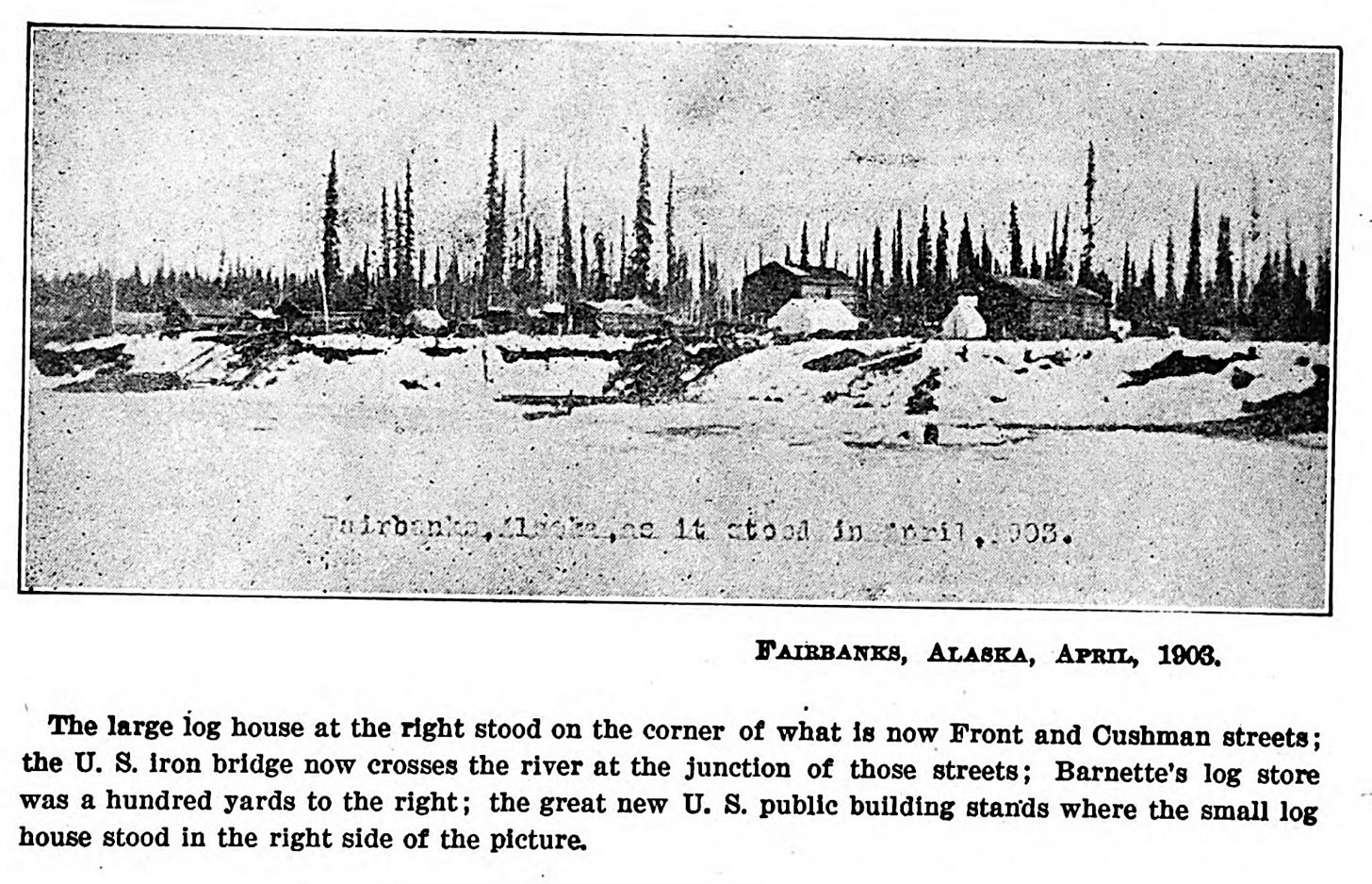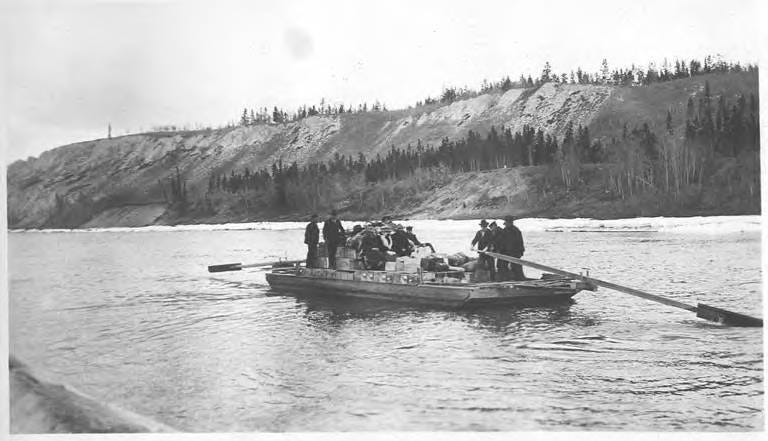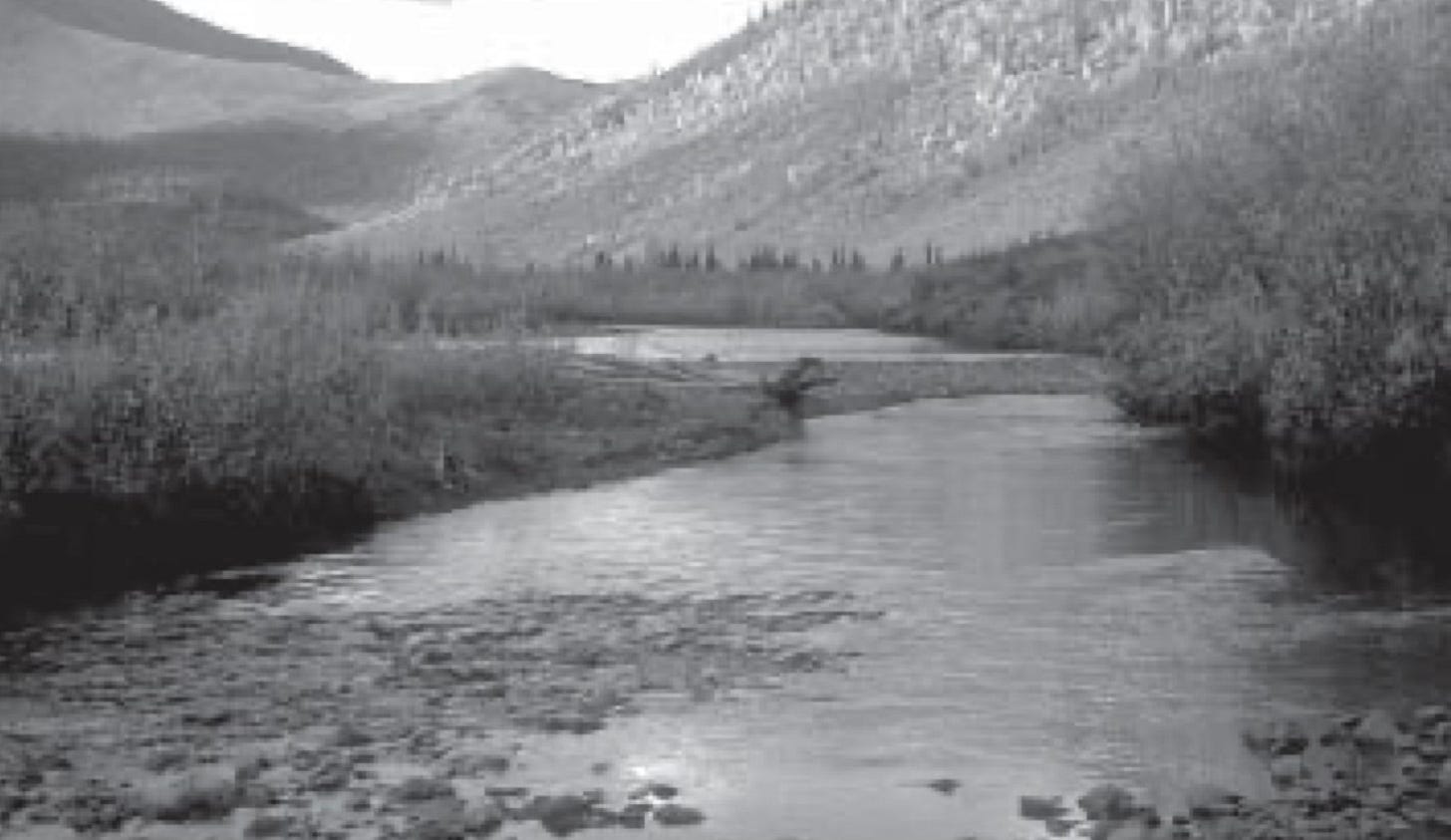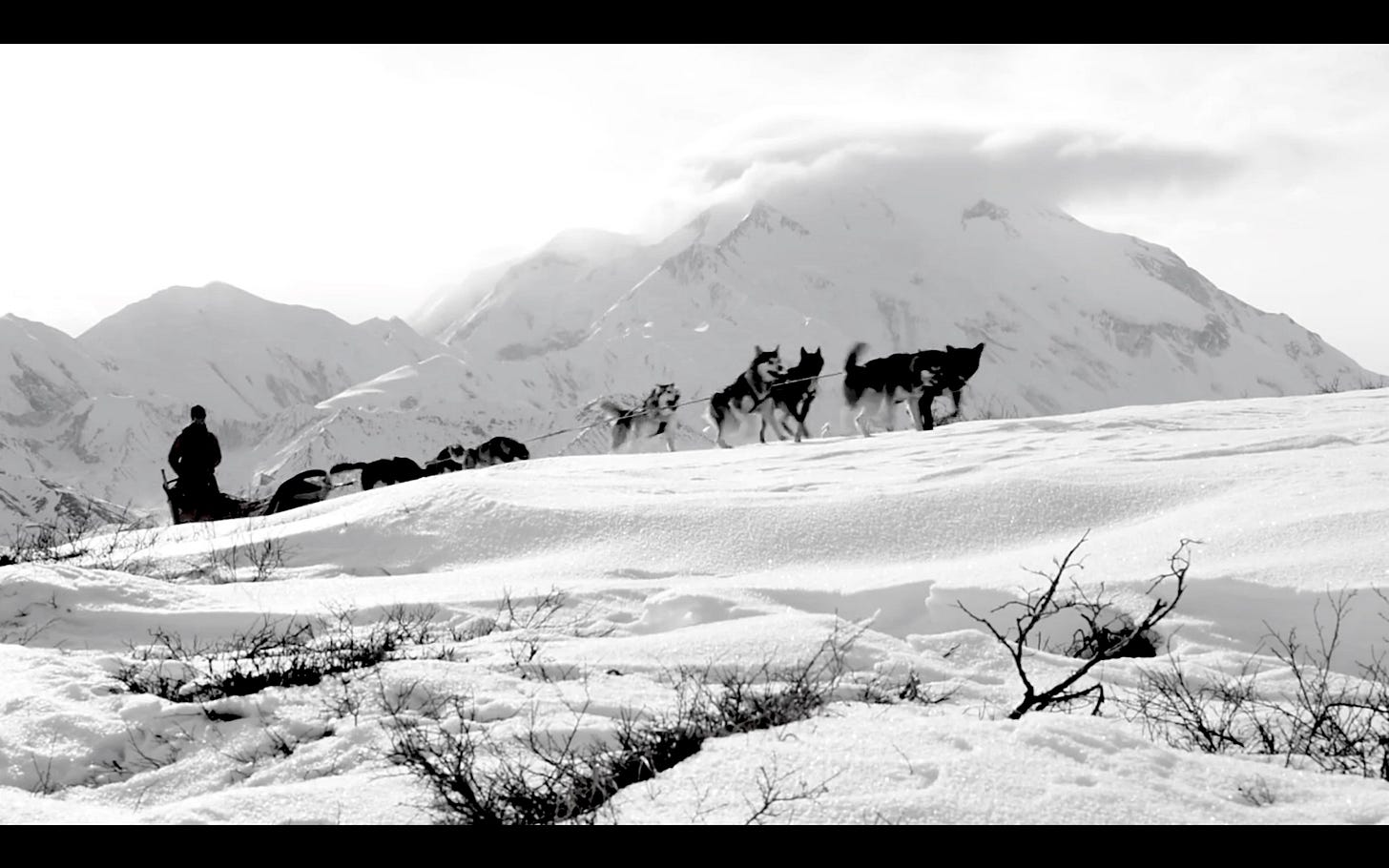The fourth issue of Alaskan History Magazine for 2025 features the writings of Alaska’s territorial judge for the 3rd District, James Wickersham, whose well-kept diaries provide an open window into life on the last frontier in the earliest years of its existence. In his travels across the broad northern lands, Judge James Wickersham kept detailed diaries, and in an excerpt titled ‘Over the Dog Trail from Circle to Fairbanks’ the Judge describes a trip taken in 1903. From his book, Old Yukon—Tales—Trails—Trials: “It was my practice to keep a dairy of my journeys on the Alaska trails, in the hope that the details of daily travel, trails, temperature, weather conditions, and lodgings may be of interest.”
Also in this issue: A tale told in an Army hut in France during WWI, by the Rev. George C. F. Pringle, an inveterate storyteller who spent nine years in the Yukon ministering weddings, funerals, and more. He tells of traveling down the Yukon River in 1901: “It was early in June, but the ice was not yet out of Lake Lebarge, an expansion of the river some miles below White Horse. I had to wait ten days before it was clear. This forced stay used up my funds so that I couldn't pay steamboat fare. The only other method practicable for me was to work my way down to Dawson by getting a job as one of the "sweep-men" on a scow.”
There’s a full printing of an 8-page brochure detailing the history of the once self-dumping Lake George, now a National Natural Landscape, in this issue. The story behind the designation of Lake George as a National Natural Landscape (aka Landmark) is long and complex, spanning 30 years of bureaucracies, business interests, scientists, conservationists, and local, state and federal officials all recognizing the potential of the unique geographic feature, but differing in their approaches to preserve and protect the area.
Also included is the third chapter of Book Ten in Robert Service’s autobiography, “Ploughman of the Moon,” in which he joins fellow travelers on the remote Rat River in Canada’s Northwest Territories. From the article:
"I'm Captain McTosh," said the big man, "of the gallant craft Ophelia, en route for Dawson."
"Not in that thing," I gasped.
"Don't disparage Ophelia. She's going to be the first scow to cross the Rockies. How would you like to sign on as her crew?"
A tribute to the sled dogs of pioneer Alaska, hardy champions of North County travel, relates the importance of sled dogs to life in the North, noting, “In the early years of the 20th century, as the excitement and color of Alaska and the Yukon Territory captured the imagination of America through news stories, books, and events such as the 1925 Serum Run to Nome, there was no image more iconic of the north country than an intrepid musher and his dog team making their way along a snowy trail.”
And wrapping up this issue is the story of Sergeant William Yanert, U.S. Army 6th Cavalry, who explored the Chilkoot Trail before it was known by that name and blazed the first trail from the Nenana River near Denali north to the Tanana River. From the article: “In 1898 Sgt. Yanert, 6th Cavalry, U. S. Army, acting under orders of Captain Glenn, made reconnaissance surveys in the Susitna Basin, and on August 12, 1898, under instructions by Lt. H. G. Learned, 14th Infantry, he proceeded to the Tanana River, as described in his official government report: ‘I was to take all the rations I could carry. My associates in the expedition were Private Jones, Company D, 14th Infantry, and Bate, a Skitig Indian, who was to act the part of guide. I was to pick out a trail from the Alaska Range to the Tanana River.’”
Sgt. Yanert would gain notoriety in his later years as the founder of Purgatory, on the Yukon River, and his unusual way of welcoming steamboat guests to Hell.
Click the button below to check out Alaskan History Magazine, and note there are two options: purchase a single issue or subscribe for one year and receive the current issue as the first in your six-issue subscription. All of the back issues are available too.










